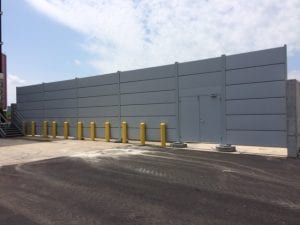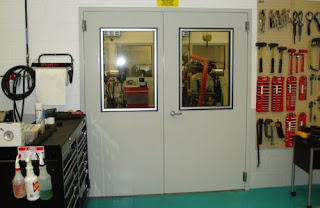How to sound proof a room
When you plan to soundproof a room with a sound proof booth, there are different kinds of options available these days. Here are some of the factors to consider while taking on a sound proofing project. Do you want to do it on your own? What materials should you use? Is your aim to reduce the volume that can be heard outside of the room? Is it to eradicate most of the volume or perhaps even to completely eradicate all sounds from exiting your room?
There are different kinds of soundproofing materials like acoustic ceiling panels available in the marketplace these days. The most common are MLV and recycled rubber sheets. These items generally meet most of the fire retardant needs and have exceptional noise barrier features. Closed cell foam is also another option but is petroleum based and is not flame retardant in most of the cases.
Most of the soundproofing materials, including sound dampening foam is conventionally installed over the wall insulation before the wall covering is installed. Materials are usually available in 2-3.2 mm. Generally, multiple layers of soundproofing materials are promoted. Other products are available for purchase that can be installed on the outside of your wall.
A sound proof blanket is more impressive to view. Denser materials are available for bass frequencies. For platform to floor isolation, a blend of rubber and foam is commonly used. Bass traps are also efficient for low level frequencies.
A sound proof booth is also available for purchase from several suppliers and manufacturers and is frequently very efficient for those that require mobile sound proofing solutions. Some manufacturers provide kits while others provide personalized booths to meet particular requirements. These are the different types of soundproofing materials you can use to soundproof a room.




Comments
Post a Comment